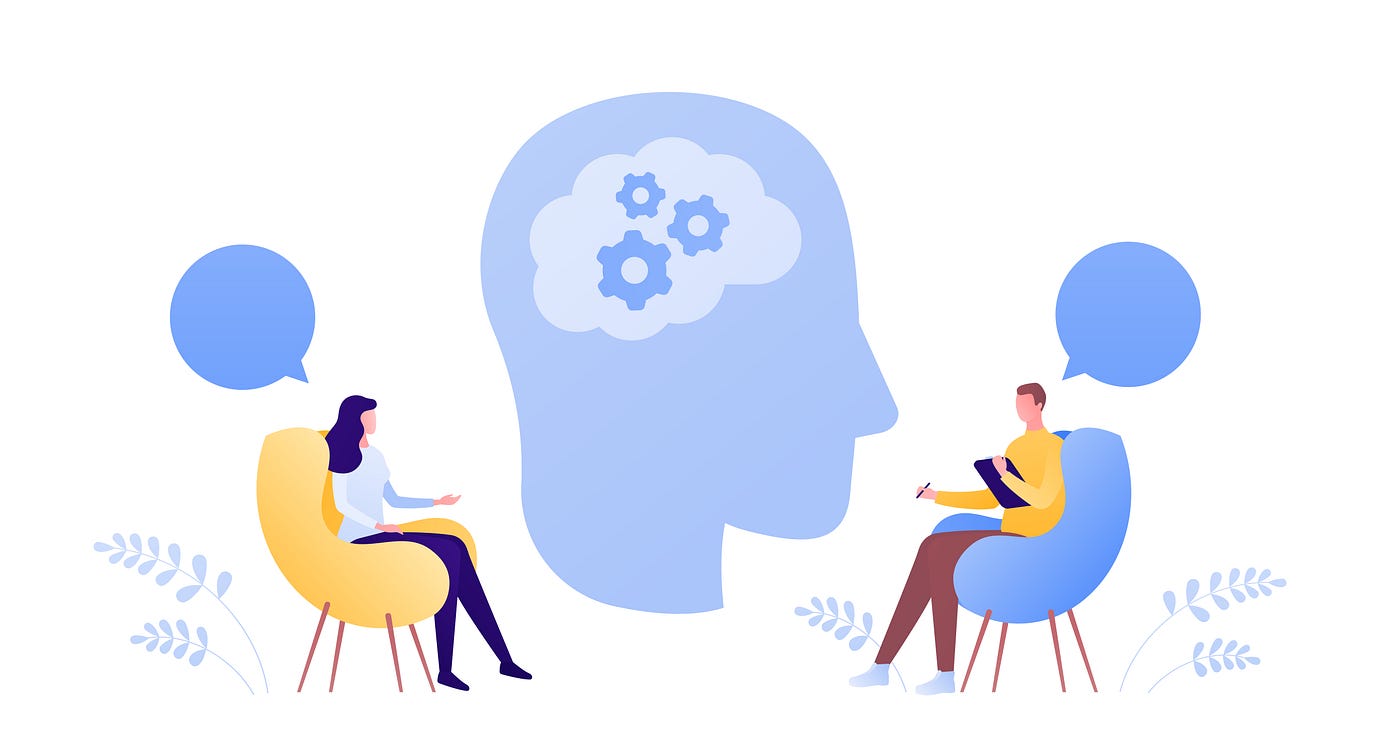Introduction: Why Customer Interviews Still Take Too Long

If you’ve ever run customer interviews, you know the challenge: hours of transcription, tagging, and trying to extract meaningful insights. Teams spend entire days manually coding interviews just to arrive at a handful of usable insights.
But what if you could cut that cycle in half? With AI prompts for customer interviews, product and marketing teams can move from raw conversations to structured insights in minutes — without losing context or nuance.
Why Use AI Prompts for Customer Interviews?

AI tools like ChatGPT, Claude, and Gemini excel at pattern recognition and summarization. With the right prompts, you can:
- Generate interview scripts tailored to specific product or market questions.
- Tag responses automatically into Jobs-to-Be-Done (JTBD), pain points, and feature requests.
- Synthesize insights into shareable summaries for product, UX, and marketing teams.
Instead of spending hours on manual coding, your AI becomes the notetaker, analyst, and research assistant rolled into one.
Step 1: Designing Smart AI Interview Scripts
Interview quality starts with the script. Generic questions lead to generic answers, but prompt-powered scripts can be:
- Context-specific (e.g., SaaS onboarding, mobile app usability).
- Layered (start broad, then go deep).
- Adaptive (AI can generate follow-up probes dynamically).
💡 Example prompt for script generation:
“Generate 8 open-ended customer interview questions that explore frustrations during onboarding. Include 2 probing follow-ups for each question.”
Step 2: Tagging Responses with AI
Tagging interview data is tedious, but AI thrives here. Using structured prompts, you can automatically label transcripts by:
- Jobs-to-Be-Done (JTBD)
- Pain points
- Desired outcomes
- Emotional tone
This makes large batches of interviews comparable at a glance.
📌 Pro tip: Use My Magic Prompt’s prompt builder to create reusable tagging frameworks for your entire research team.
Step 3: Synthesizing Insights into Action
Once your interviews are tagged, AI can collapse hours of work into a concise, human-readable summary.
Examples of synthesis outputs:
- Top 5 pain points with representative quotes
- Customer journey highlights
- Feature request frequency table
Here’s a sample prompt you can adapt:
“Summarize 15 tagged interviews into the top 5 customer frustrations. Provide 2 direct quotes per theme to illustrate.”
How My Magic Prompt Fits In
While you could copy-paste prompts manually, My Magic Prompt makes workflows repeatable and team-friendly:
- 🛠 Prompt Builder → Save structured interview scripts and tagging prompts.
- ⚡ Chrome Extension → Generate interview questions and synthesis templates directly in ChatGPT or Claude.
- 📚 Prompt Library → Access templates for customer interviews, UX research, surveys, and synthesis.
By standardizing how prompts are written and shared, your team reduces variability and speeds up cycles.
External Insights & Best Practices
Don’t just take it from us. Researchers and analysts have been highlighting the future of AI-powered research:
- Harvard Business Review notes that AI-driven customer research enables teams to capture and analyze signals at scale without bias.
- https://techcrunch.com/tag/automation/ recently reported how startups are reinventing user research through prompt-based automation.
These shifts aren’t just about speed — they’re about getting better insights with less human error.
FAQs: AI Prompts for Customer Interviews
Q1. What’s the difference between a good and bad AI prompt for interviews?
A good prompt is clear, specific, and structured (e.g., “Tag these transcripts by pain points, JTBD, and emotional tone”). A bad prompt is vague (“Summarize this”).
Q2. Can AI prompts replace live interviewers?
Not entirely. AI can assist with script generation and analysis, but human empathy and contextual judgment remain critical.
Q3. How do I organize my interview prompts?
Use a prompt management tool like My Magic Prompt to save, categorize, and share across your research team.
Q4. Can AI reduce bias in customer research?
Yes, if prompts are carefully designed. Bias creeps in through poor instructions, so structured frameworks help minimize misinterpretation.
Q5. What tools work best for running AI-assisted interviews?
ChatGPT, Claude, and Gemini are strong choices — but combining them with a workflow tool like My Magic Prompt maximizes consistency.
Conclusion: Faster Research, Better Insights

Customer interviews shouldn’t mean endless hours of manual synthesis. By using AI prompts for customer interviews, you can accelerate scripts, automate tagging, and surface insights with clarity.
If you’re ready to cut your research time in half while improving quality, explore My Magic Prompt — your secret weapon for structured, scalable customer research.

